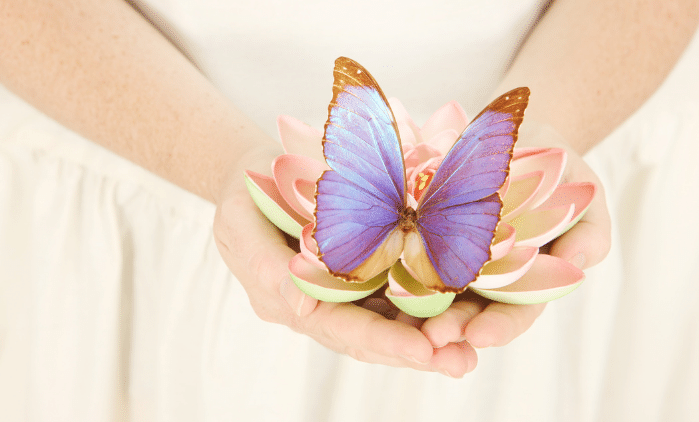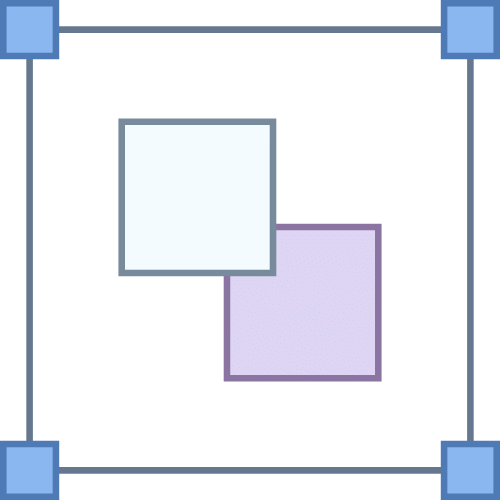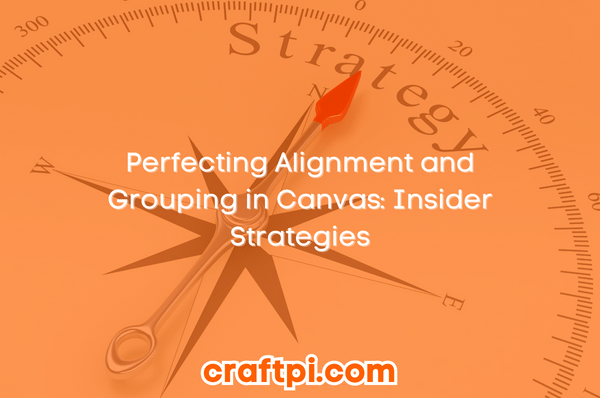The quest for perfecting alignment and grouping in canvas is akin to the eternal pursuit of the perfect cup of coffee. While some might consider it a minor detail, aficionados know that when done right, it can make all the difference. And just as there are insider strategies to brewing that impeccable java, there are tricks of the trade when it comes to canvas alignment and grouping. Let’s dive in!
The Art of Alignment
Alignment is the unsung hero of design. It’s often overlooked, but it’s pivotal in creating a harmonious and organized look. When items are misaligned, it’s jarring, kind of like when someone brews your coffee too weak or too strong.

Whether you’re working on an artistic masterpiece or a business presentation, achieving perfect alignment ensures that your content is easily digestible and pleasing to the eye. So, how do you nail it every time?
Firstly, familiarize yourself with the alignment tools available in your software. They’re often represented by lines or grids and are the best starting point. For pixel-perfect precision, zoom in on your canvas. This makes minor misalignments glaringly obvious and easier to fix.
Remember, alignment isn’t just about left, center, or right. Vertical alignment matters just as much. It’s like choosing between a latte, cappuccino, or flat white. It’s all coffee, but the experience is entirely different!
Grouping Galore
Grouping is the equivalent of that cozy coffee shop corner where everything feels right. It’s about ensuring related items stay together, giving your canvas a neat and orderly appearance.
The power of grouping lies in its ability to make multiple items function as one. Once grouped, any transformations applied to one element are uniformly applied to all within that group. It’s like pouring milk into coffee; it blends seamlessly.
Use the grouping function in your software to tie related elements together. This not only saves time but ensures consistent adjustments. Ungrouping is just as easy when you need to edit individual elements.
Tip: Always name your groups. This avoids confusion, especially in complex projects. It’s like labeling your coffee beans, so you know exactly what you’re brewing!
Tables to the Rescue
| Tool | Function | When to Use |
|---|---|---|
| Alignment Grid | Ensures items align correctly horizontally and vertically. | When precision is key. |
| Grouping Tool | Binds related items together for uniform adjustments. | When working with multiple related elements. |
| Zoom | Magnifies canvas for fine-tuning. | For detailed work and precision. |
Just like a coffee menu breaks down the options, tables can simplify complex information. They’re particularly useful for comparison or when listing features and benefits. Plus, with the added benefit of perfect alignment within cells, they’re a canvas user’s best friend.
Special Tips and Tricks

Warning: Over-reliance on automated tools can sometimes lead to unexpected results. Always double-check your work visually to ensure everything sits perfectly.
Consistency is key. Once you decide on an alignment style, stick to it throughout your canvas. This avoids a jumbled appearance.
When working with groups, consider the overall balance. Even if individual elements are aligned, an unbalanced group can throw off the whole design. It’s like making a coffee with too much milk – the balance is just off!
If you’re unsure, take a step back. Zoom out and view your canvas as a whole. This gives perspective and highlights any glaring misalignments or grouping mishaps.
Personal Touch: The Canvas Coffee Connection
When I first delved into the world of canvas design, I couldn’t help but draw parallels with my love for coffee. Each element, like each ingredient, plays a crucial role. There’s an art to balancing flavors in coffee, just as there’s an art to balancing design elements on a canvas.
I’ve spent countless hours perfecting both crafts. And whether it’s that exhilarating feeling of nailing the perfect brew or the satisfaction of a flawlessly aligned canvas, the joy in getting it right is unparalleled. So, next time you’re working on a canvas, take a coffee break, realign, regroup, and remember – perfection is a journey, not a destination.


 No products in the cart.
No products in the cart.